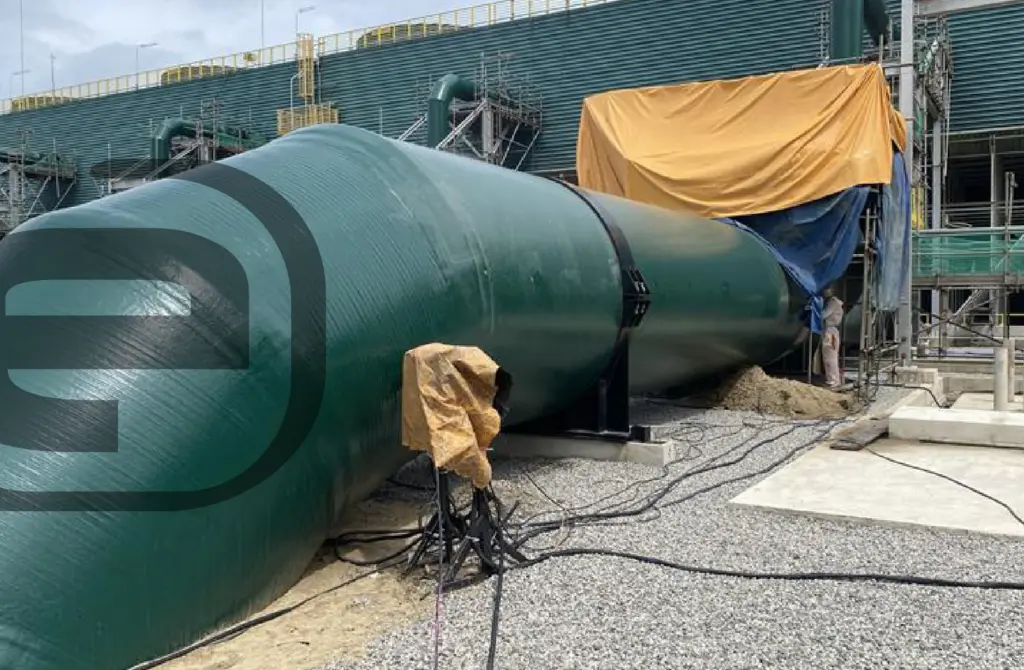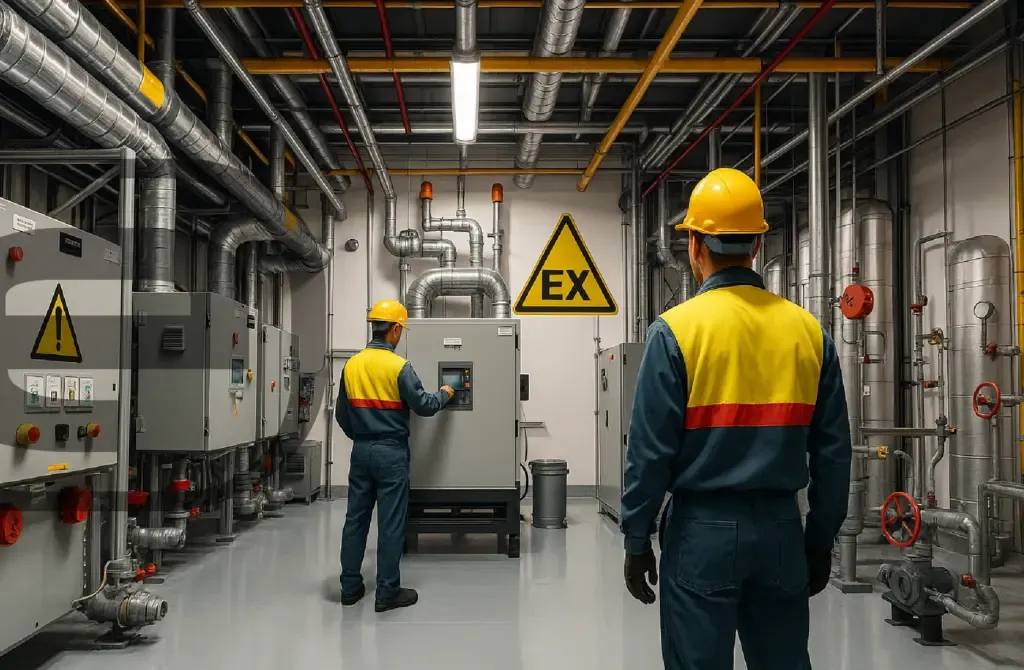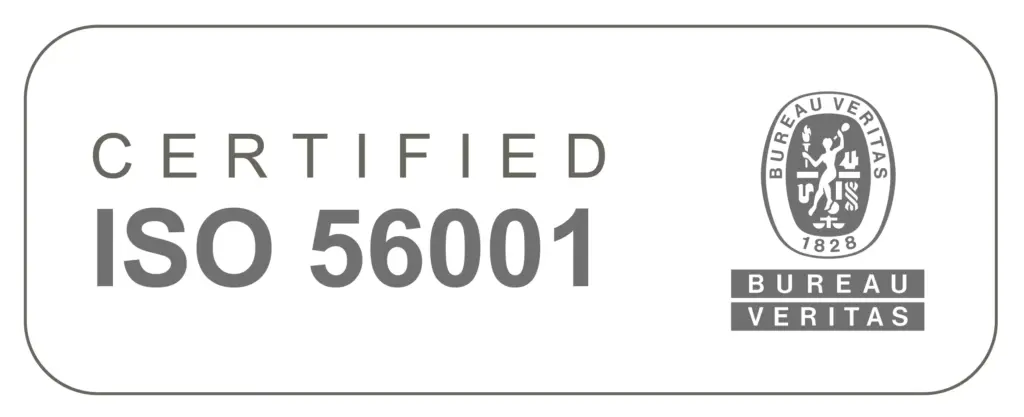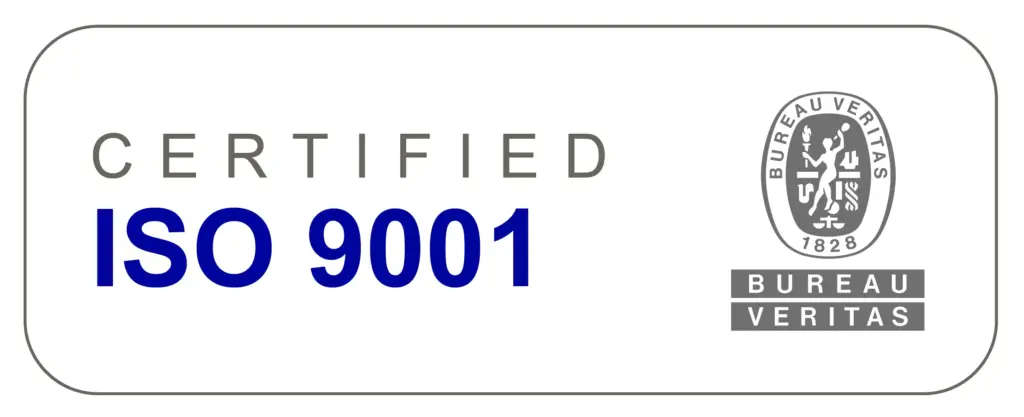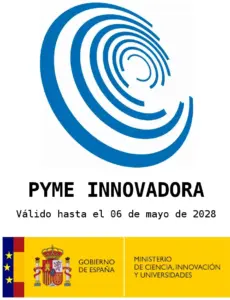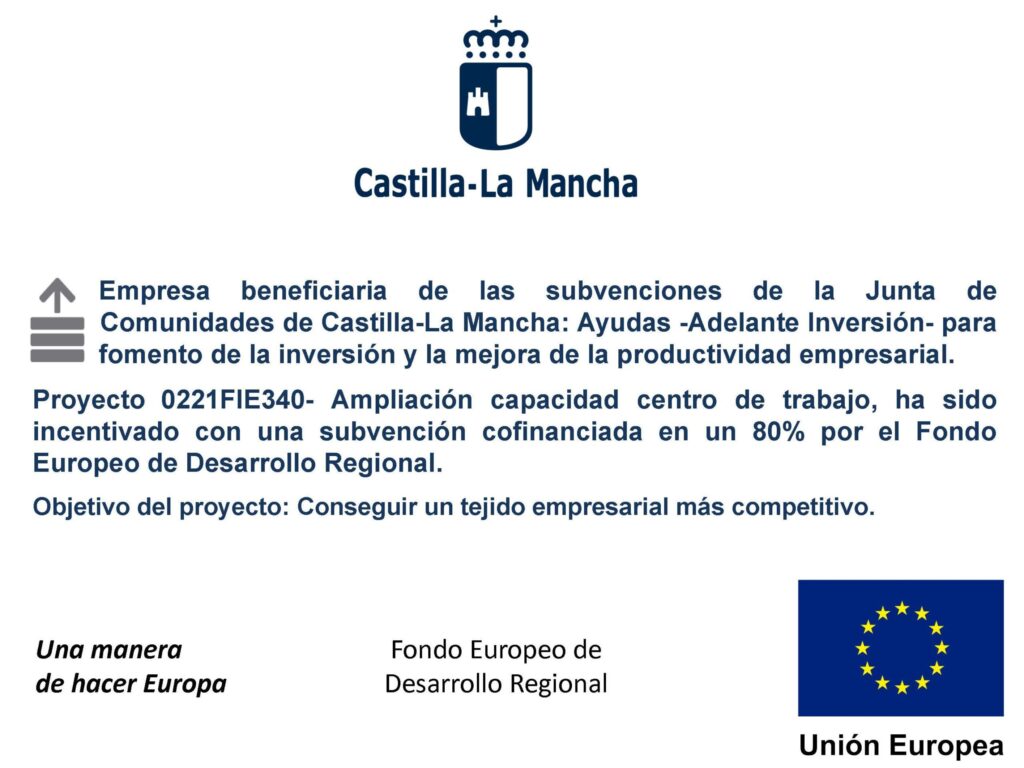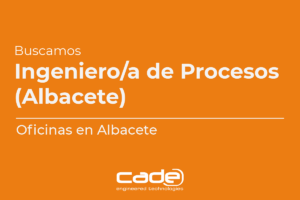Nowadays, it is possible to carry out the design of anchor plates in a very efficient, precise, and safe way with tools as powerful as finite element calculation.
In the case of industrial structures located in areas where the seismic load plays a determining role, the use of anchor saddles is highly recommended from the point of view of design and behavior of the structure, since it provides ductility through the base plate itself
Ductility. Anchor plates case
Ductility is always an advantage in seismic design. A ductile anchor system shows a considerable degree of deformation before failure occurs, as shown in the graph. Anchor saddles are designed so that the anchors flow before the rest of the connection, that is, they deform inelastically to dissipate energy. The gussets increase the flexural strength and increase the stiffness of the connection.
Numerous studies have shown that a sufficient stretch length of anchor bolts helps the anchor to flow and plastically deform when subjected to tensile loads. On the other hand, it is always recommended that in the proposed designs the bolts are exposed in order to easily measure and control deformations by visual inspection and to be able to proceed with repairs if necessary.
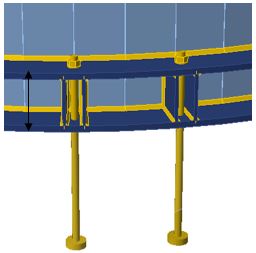
Stretch length
Gussets
Nut and washer
Base plate
Hover over the docs to see the description
While factors imposed in the design such as the edge distance in the foundations and the embedment length, which hinder the ductility of the anchors, it is possible to achieve this behavior in the whole with a suitable design of the anchor plate.
CADE‘s Advanced Simulation department has extensive experience in the design of all types of anchor plates and bolted joints; This potential has been reinforced in recent years with the incorporation of IDEA StatiCa software, which allows the design and validation of anchor plates according to Eurocode / AISC in a precise way, modeling the real behavior and deformations of the plate as well as carrying out a complete design of the joints, including all the elements that are part of the anchoring system (profile, base plate, welds, gussets, concrete as well as the bolts themselves). In a complementary way, in those cases in which the joint has a special geometry or a complex behavior with large non-linearities (NL geom or NL of contact), the ANSYS finite element software is used for greater precision of results.
Further information:
For any question or further information request about our services and technologies, please complete the following form:


